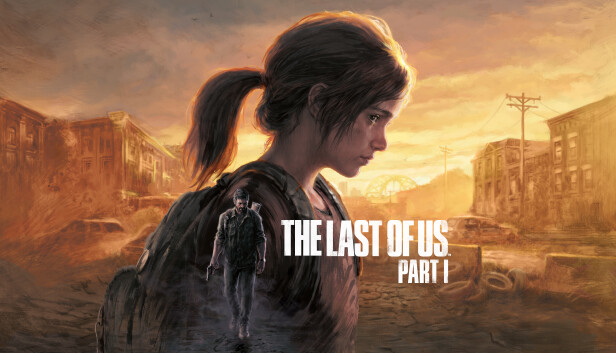
If you’re the kind of gamer who plays not just for the thrill, but to get emotionally invested in a story—then The Last of Us Part 1 should be at the very top of your must-play list. This isn’t just a video game; it’s an emotional narrative experience, a technical marvel, and a defining piece of interactive storytelling that set a new standard in the industry.
Originally released in 2013 for the PlayStation 3, The Last of Us became an instant classic, earning over 200 Game of the Year awards and carving out its place as one of the most respected titles in gaming history. Now, with The Last of Us Part 1, Naughty Dog has completely rebuilt the game from the ground up—not as a quick remaster, but as a full-fledged remake designed to harness the power of modern hardware like the PlayStation 5 and high-end PC gaming setups.
But let’s be real—this isn’t just about fancier graphics or smoother controls. What makes The Last of Us Part 1 stand out is its ability to make you feel. From the moment you pick up the controller (or mouse and keyboard), you’re dropped into a world that’s not only dangerous and desolate but also rich with character, heart, and humanity. It’s a game where storytelling and gameplay go hand in hand, pulling you into a gritty, post-apocalyptic world where survival is as much about emotional resilience as it is about combat.
Whether you’re returning for a nostalgia trip or jumping in for the first time, this remake takes everything you loved (or heard about) and enhances it to near perfection. Enhanced graphics? Check. Smarter enemy AI? Check. Deep character development, tight gameplay, and immersive sound design? Triple check.
This is not just a recommendation—this is a call to action. Whether you’re a longtime fan of narrative-driven games or someone looking to understand what makes video games a true art form, The Last of Us Part 1 is an experience that you simply cannot miss. It’s not just one of the best PlayStation games ever—it’s one of the best games, period.

An Emotional Rollercoaster: The Story That Redefined Video Game Narratives
If there’s one thing that sets The Last of Us Part 1 apart from just about every other game out there, it’s the incredible, emotionally charged story. From its very first moments to its unforgettable finale, the narrative grabs you by the heart and doesn’t let go. This isn’t your typical save-the-world hero tale. It’s gritty, grounded, and painfully human—and that’s exactly why it’s so powerful.
The game begins with a gut-punch of an opening. You’re introduced to Joel, a loving single father just trying to get through the chaos of a suddenly collapsing world. Within minutes, the cordyceps infection turns society into a nightmare, and Joel experiences an unimaginable loss that will shape the man he becomes. It’s one of the most emotionally devastating openings in gaming history—and it sets the tone for what’s to come.
Fast forward 20 years. Joel is now a hardened, emotionally walled-off smuggler just trying to survive in a world ruled by fear, violence, and hopelessness. That’s when he meets Ellie—a snarky, fiercely independent 14-year-old girl who’s unlike anyone he’s ever met. His mission? Smuggle her across the country. Seems simple enough, right?
But here’s the twist: Ellie is immune. She’s the only known person who has survived being bitten by the infected without turning. She could be the key to a cure. And suddenly, what started as just another job for Joel becomes a cross-country journey of survival, trust, and ultimately, love.
The brilliance of the story lies in the slow, natural evolution of Joel and Ellie’s relationship. It’s not forced. There’s no dramatic music telling you how to feel. Instead, it’s the small moments—a shared joke, a heartfelt memory, a tough moral decision—that build a bond between them and between you and them. You start to care deeply. Not because the game tells you to, but because it earns it.
Along the way, the pair meets a cast of memorable side characters—each with their own arcs, struggles, and sometimes, heartbreaking fates. Some will help you. Others will betray you. All of them feel authentic. This is a world where survival has reshaped every relationship, where trust is rare, and where kindness often comes at a cost.
And let’s not forget the Left Behind DLC, which is now seamlessly included with Part 1. It dives into Ellie’s backstory—specifically her time with her best friend Riley, set before she ever met Joel. It’s a beautifully written, bittersweet look at young love, friendship, and loss. It also adds rich context to Ellie’s character, making her even more layered and relatable.
But what truly elevates The Last of Us Part 1 to narrative greatness is how it forces you to confront gray areas. There are no perfect heroes. Every decision, especially Joel’s by the end of the game, is morally complex. It challenges players to ask themselves: What would I have done? Would you sacrifice one life to save many? Or would you protect someone you love, no matter the consequences?
These aren’t just questions for the characters—they’re questions for you. And that’s what makes this game unforgettable.
In the landscape of video games, storytelling is often a backdrop. In The Last of Us Part 1, it’s the main event. It proves that games can tell stories just as powerfully—if not more so—than films, books, or TV shows. It set a new standard for emotional storytelling in gaming, influencing an entire generation of narrative-driven titles that followed.
So if you’re looking for a game that does more than entertain—something that challenges you, touches you, and stays with you—this is it. The story of Joel and Ellie isn’t just told. It’s felt. And that makes all the difference.
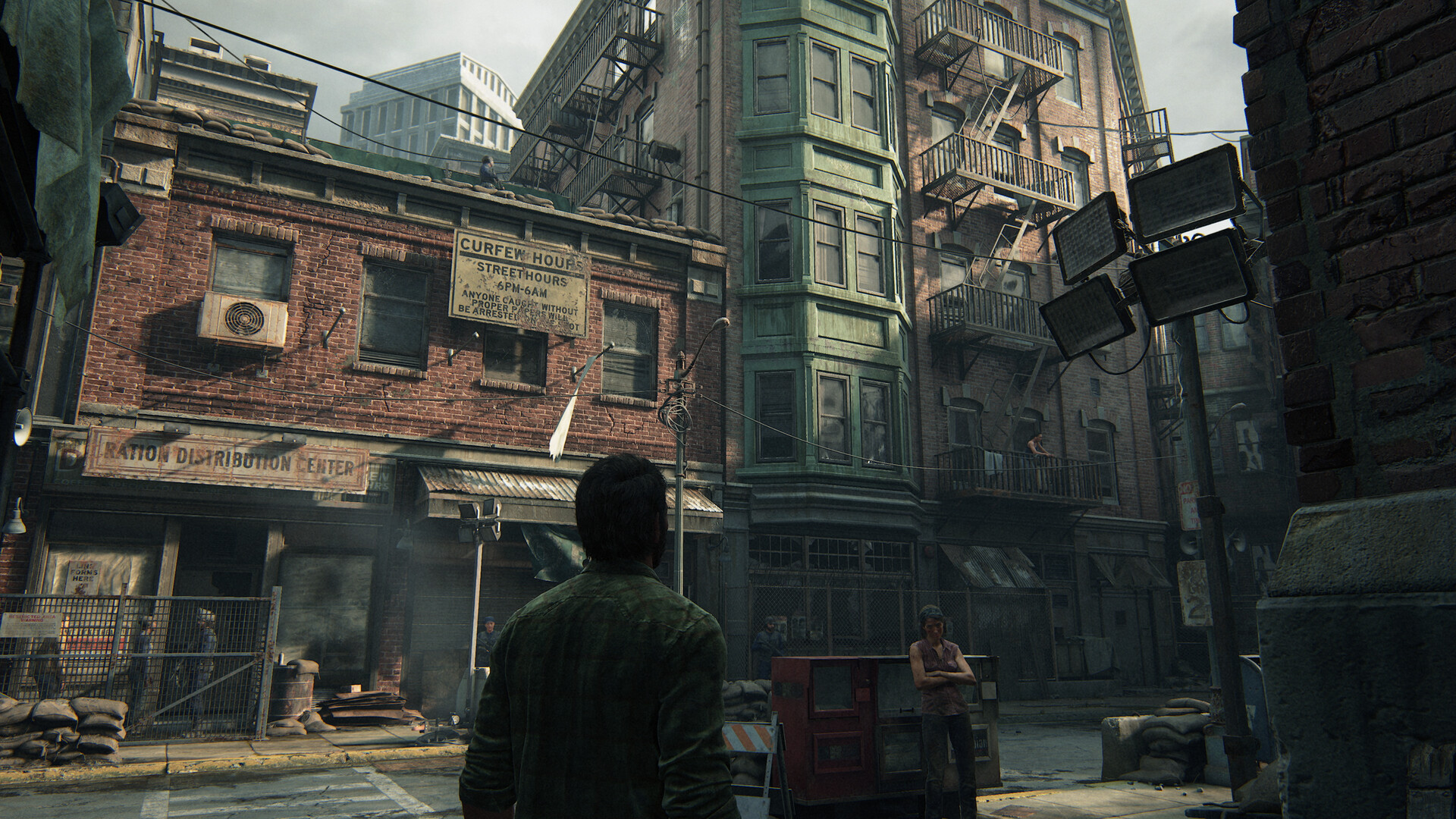
Blending Action, Stealth, and Survival: Understanding the Game’s Core Genre
One of the things that truly sets The Last of Us Part 1 apart from most titles in the gaming world is its ability to seamlessly fuse multiple gameplay genres into one cohesive, unforgettable experience. It’s not just an action game. It’s not just survival horror. And it’s definitely not your average stealth title. Instead, it mixes all three—action, stealth, and survival—with such fluidity that every moment feels tense, meaningful, and cinematic.
Let’s break it down.
At its core, The Last of Us Part 1 is a third-person action-adventure game, but it’s soaked in the DNA of survival horror. You’re not a superhero with infinite ammo and fancy gadgets. You’re Joel—a rugged, tired man doing his best to protect a teenage girl in a world that’s falling apart. That means resources are scarce, encounters are deadly, and every decision matters.
Unlike traditional action games that reward aggressive playstyles, The Last of Us encourages patience, observation, and improvisation. Combat situations often feel like puzzles—do you sneak through undetected, distract enemies with a brick, take them out one-by-one, or go in loud and risk running out of ammo? There’s no single “right” approach. And that’s the beauty of it.
The stealth mechanics are some of the most rewarding elements in the game. Hiding behind cover, crawling through overgrown grass, listening for footsteps through Joel’s heightened “Listen Mode”—it all creates a feeling of suspense that never really goes away. And now with the remake, the AI has gotten a serious upgrade. Enemies are smarter, more alert, and will actively flank you or react to your actions. That makes staying hidden not just a tactical choice, but often a necessary one.
And the infected? They add a whole new layer of anxiety. From the blind, clicker-type enemies who hunt by sound to the terrifying bloaters who charge you with brute strength, these fungal monsters are truly horrifying. Every encounter with them is a dance between fear and strategy. Make too much noise, and you’re done. Move too slow, and you’re cornered.
But here’s where the survival element really kicks in—scavenging and crafting. You’ll find yourself obsessively checking every drawer, shelf, and abandoned car for supplies. Duct tape, scissors, alcohol, rags—these aren’t just junk; they’re your lifeline. You use them to craft health kits, Molotov cocktails, shivs, nail bombs, and other tools that can literally mean the difference between life and death. The system is simple, but it adds a constant layer of tension to your exploration. Do you use that rag to patch yourself up now, or save it to make a firebomb later?
And unlike games that flood you with ammo and health pickups, The Last of Us makes you earn everything. You might find yourself with only one bullet and three enemies in front of you. It’s in those moments that the game truly shines—forcing you to be resourceful, adaptable, and, at times, desperate.
The pacing also plays a big role in how these genres mesh. Quiet exploration segments give you time to breathe, reflect, and take in the world. Then—boom—combat hits, and everything becomes fast, chaotic, and brutal. And that brutality? It feels real. Fistfights are gritty. Gunfire is loud, sudden, and impactful. The violence isn’t stylized—it’s grounded. It makes you uncomfortable, and that’s intentional.
What’s also refreshing is how the game handles environmental puzzles. They’re not overly complex, but they break up the tension and reinforce the idea that this is a world in decay. Maybe you have to find a plank to cross a broken roof, or figure out how to boost Ellie up to a ladder. These moments are subtle, but they reinforce the setting and the relationship between the characters.
Even more impressive is that despite juggling these genres—stealth, action, survival—it never feels like the game is shifting gears abruptly. Everything flows naturally. One minute you’re looting a deserted house, the next you’re hiding from hunters, and a few seconds later you’re fighting for your life with a rusty pipe. It’s all incredibly immersive.
And thanks to the remake, every element of this gameplay loop has been fine-tuned. Controls are more responsive, AI behaviors are smarter, and the DualSense controller on PS5 adds tactile sensations that literally let you feel the tension in your hands. Meanwhile, PC players can fine-tune performance and controls to suit their playstyle perfectly.
In short, The Last of Us Part 1 doesn’t just dabble in different genres—it masters them. It blends them together in a way that keeps you on your toes and constantly engaged. There’s always a choice to be made, a resource to manage, a threat lurking just out of sight. And that blend of action, stealth, and survival? It creates a gaming experience that’s as thrilling as it is unforgettable.

Rebuilt for a New Generation: What Makes This Remake Truly Stand Out
So, what makes The Last of Us Part 1 more than just a high-res version of the original?
Well, this isn’t a simple remaster—it’s a full rebuild using the technology of the PlayStation 5 and enhanced even further for PC. We’re talking:
- Photorealistic character models with hyper-detailed facial animations
- Improved enemy AI that actually notices your companions
- Fully animated weapon upgrades
- Realistic object physics and destructible environments
- 3D audio support that lets you hear footsteps behind you—literally
Even the lighting and environment effects are completely redone. You’ll feel the oppressive weight of the Boston Quarantine Zone, the eerie stillness of abandoned suburbs, and the haunting beauty of overgrown cities.
The PC version, released in March 2023, adds even more customization and performance upgrades, including:
- 4K resolution support
- AMD FSR 2.2 and NVIDIA DLSS upscaling
- Ultra-wide monitor support (21:9 and 32:9)
- Fully remappable controls
- DualSense support for haptic feedback and adaptive triggers
This is the definitive way to experience Joel and Ellie’s story. The PS5 version, released earlier on September 2, 2022, offers the same gorgeous visuals and enhanced features, tailored for console gameplay.
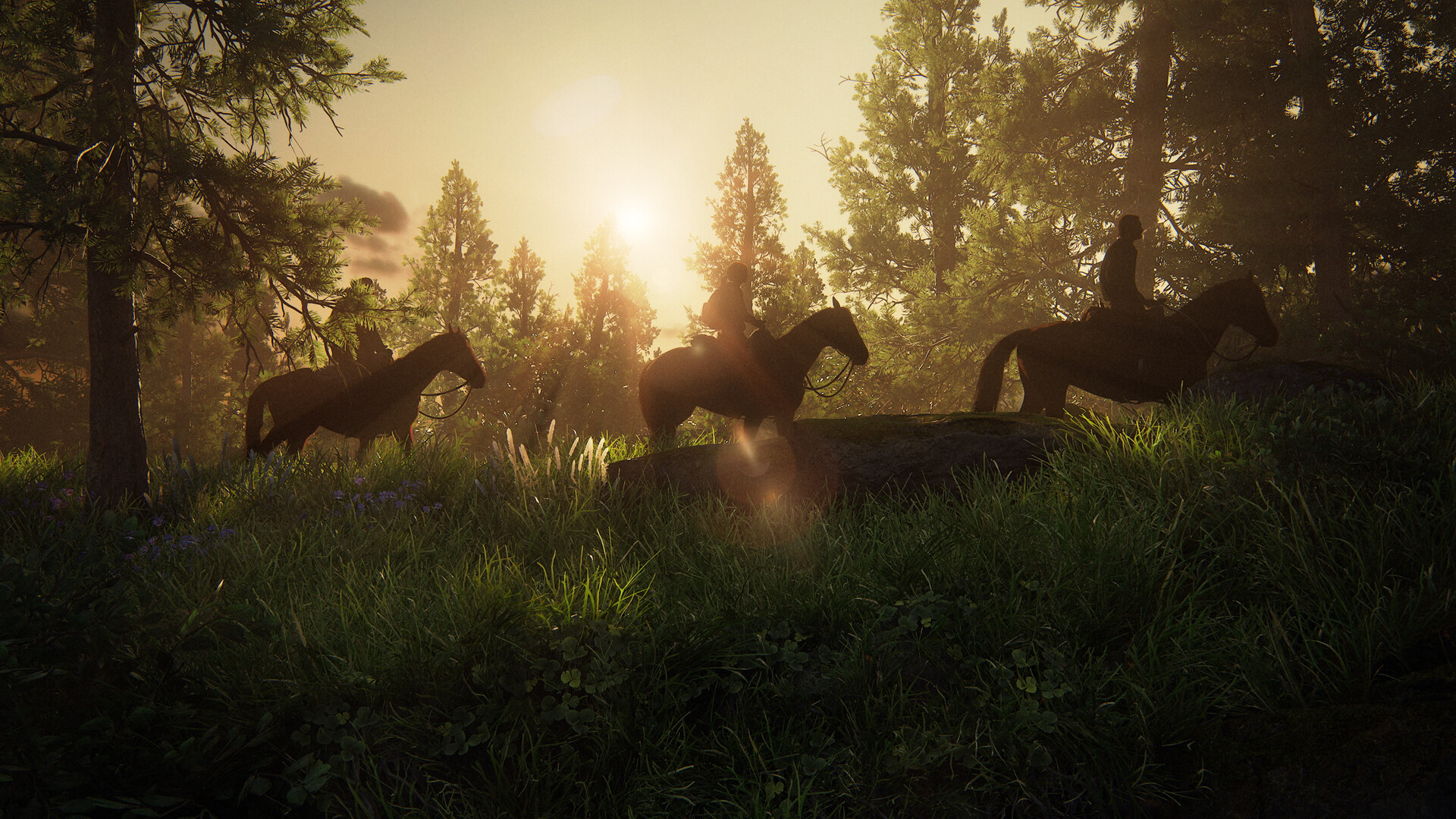
Where and When You Can Play It: Release Dates and Platforms
Originally a PlayStation-exclusive franchise, The Last of Us Part 1 is now available on two major platforms:
- PlayStation 5 – Released on September 2, 2022
- PC (via Steam and Epic Games Store) – Released on March 28, 2023
And yes, the PC version is not a second-class port. It’s packed with customization options, quality-of-life features, and support for a wide array of peripherals, including DualShock 4, DualSense, Xbox controllers, and full keyboard/mouse setups.
If you’re wondering where to get the best experience, PS5 offers tighter integration with the controller and a living room setup. But if you’re a PC gamer who loves tweaking settings and pushing hardware to the limit, the PC version will blow your mind—especially with ultra-wide monitors and top-tier GPUs.
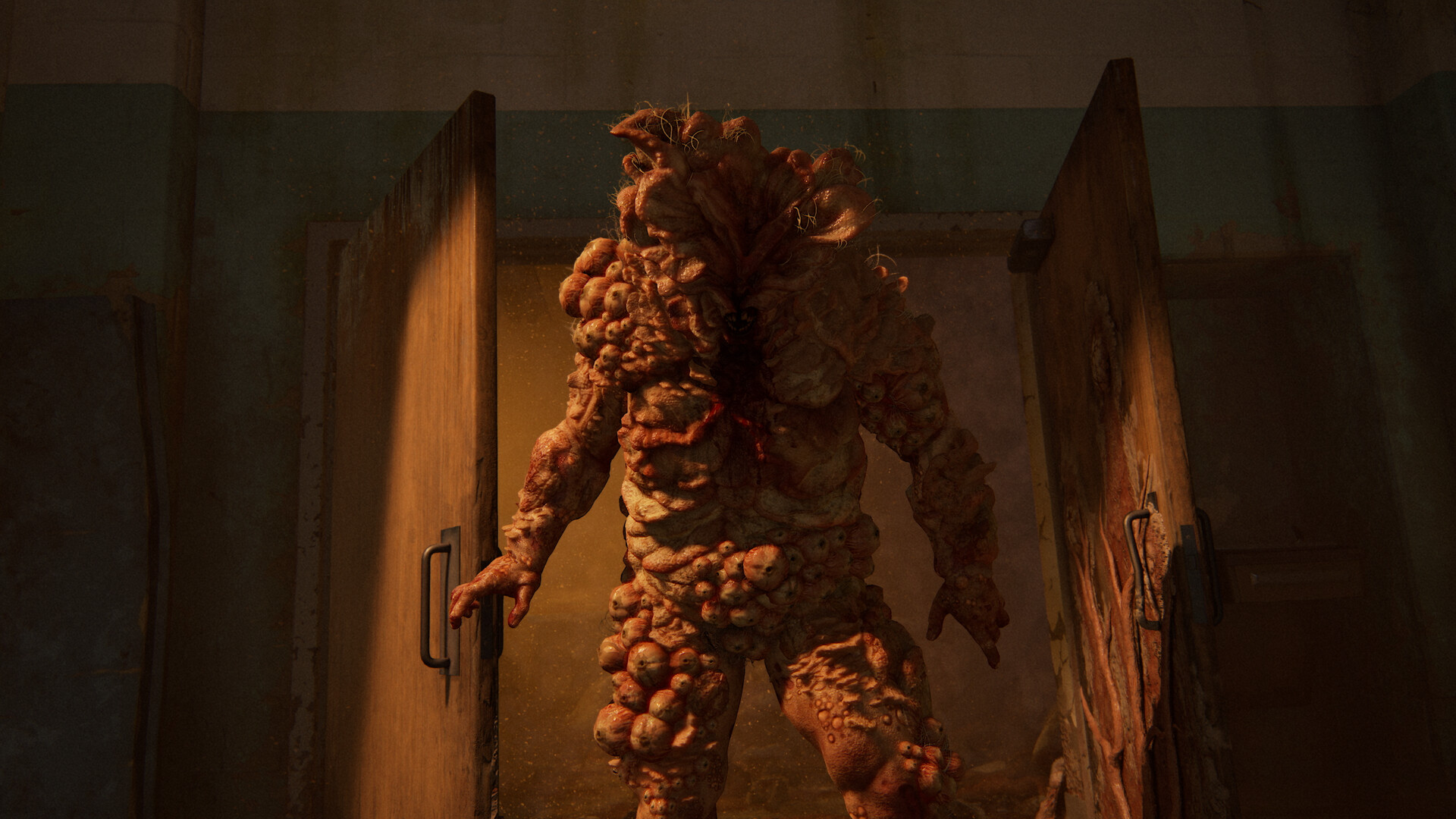
Why This Game Deserves a Spot in Every Gamer’s Library
It’s not often that a video game transcends its medium to become a storytelling experience. But The Last of Us Part 1 does exactly that. Here’s why it’s essential:
- Storytelling Masterclass: A narrative that rivals Hollywood’s best dramas
- Immersive Gameplay: Every choice, every fight, every moment matters
- Technical Brilliance: State-of-the-art graphics and audio
- Replayability: With speedrun and permadeath modes, plus unlockables
- Accessibility: Features for all types of players, from colorblind modes to controller remapping
You’ll laugh, cry, sweat, and sit in stunned silence as the credits roll. It’s one of those rare games that makes you put down the controller and think about what you just experienced.
So if you’ve somehow missed it—or if you just want to relive it in all its remade glory—do yourself a favor. Play it. Savor it. And get ready for one of the most unforgettable journeys in video game history.
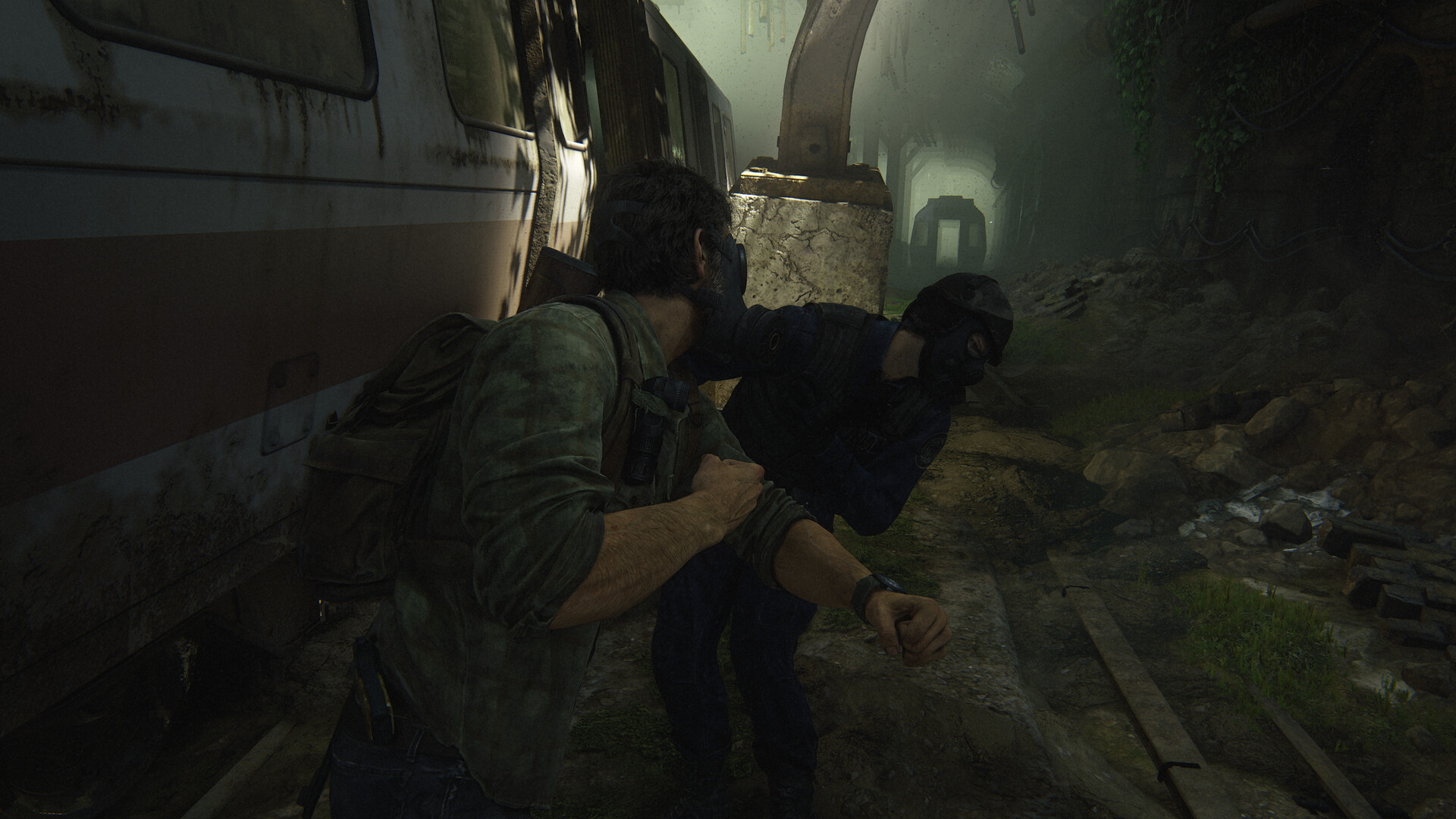
Conclusion
In an era where many games chase trends or prioritize endless content over meaningful experiences, The Last of Us Part 1 stands tall as a reminder of what makes video games truly unforgettable. It’s not just about high scores or flashy graphics—though it certainly delivers those. It’s about storytelling that sticks with you, characters that feel real, and moments that make you pause and reflect long after the credits roll.
From the chilling silence of a fungal-infected city to the small, quiet conversations between Joel and Ellie, this remake captures every emotional beat with precision and care. The enhanced visuals and updated mechanics bring new life to a world that was already hauntingly beautiful. And thanks to the powerful performance capabilities of the PlayStation 5 and the freedom of the PC platform, it’s never looked—or felt—better.
But beyond the tech and polish, what makes this game essential is its heart. It’s the kind of experience that makes you put down the controller and sit in silence, absorbing everything you just went through. It challenges you to think about humanity, morality, survival, and connection. Few games manage to be this thought-provoking while still delivering such satisfying gameplay.
Whether you’re brand new to the world of The Last of Us, or you’re coming back to see this story through a more modern lens, this remake is more than worth your time. It’s an expertly crafted journey that deserves to be played, replayed, and remembered.
So don’t wait. Boot it up, grab your backpack, and get ready to feel something real. In a world full of noise, The Last of Us Part 1 speaks volumes.
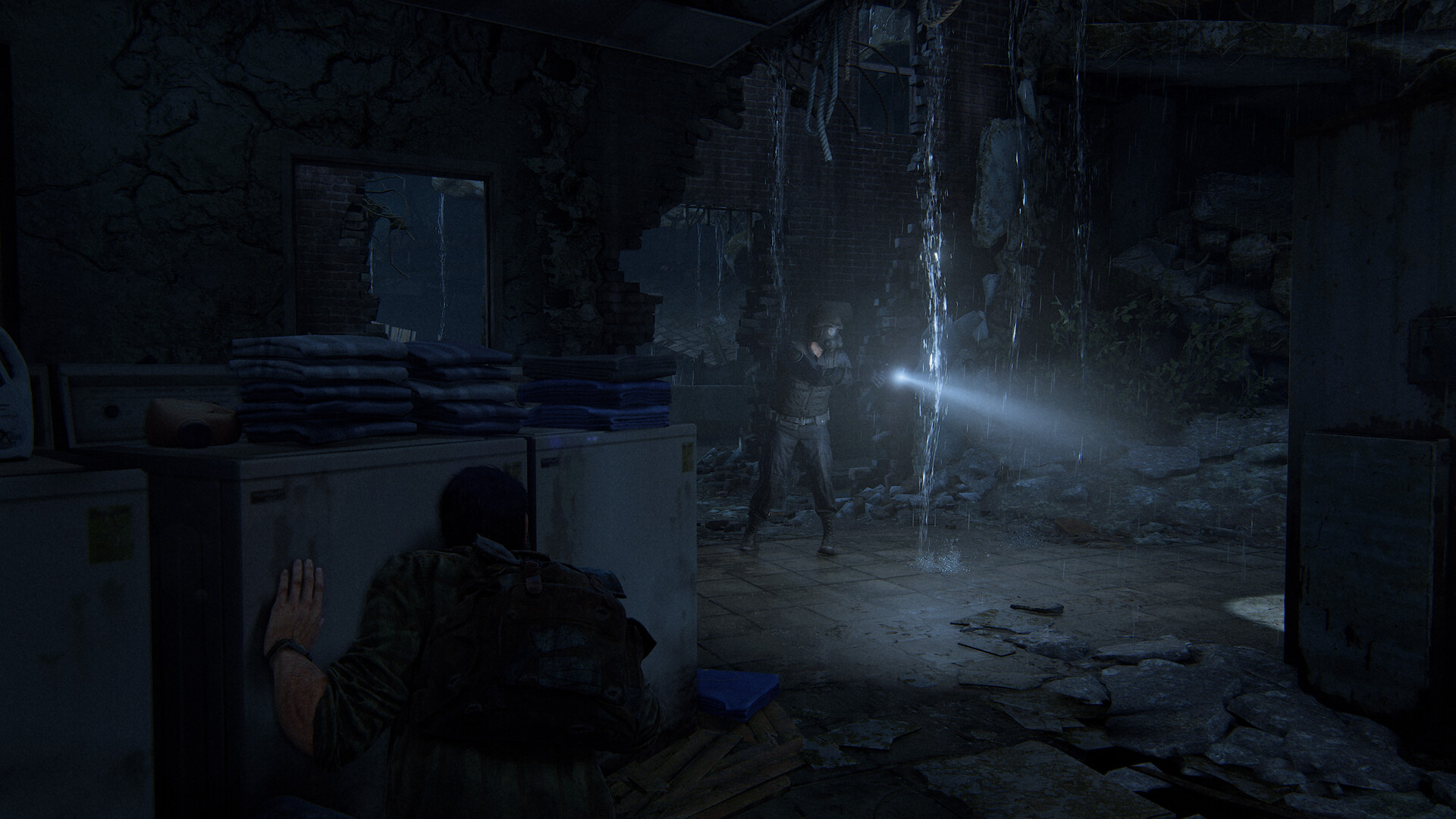
FAQs about The Last of Us Part 1
- Is The Last of Us Part 1 worth it if I already played the original?
Absolutely. The remake offers stunning graphics, smarter AI, and improved gameplay mechanics that make it feel like a fresh experience—even for longtime fans. - Can I play The Last of Us Part 1 without playing Part II?
Yes! In fact, this is where the story begins. While Part II continues the narrative, you’ll get the full emotional impact starting from Part 1. - Does the PC version have any exclusive features?
The PC version includes ultra-wide monitor support, extensive graphical customization, and advanced upscaling tech like FSR 2.2 and DLSS—making it perfect for power users. - How long does it take to finish the game?
The main campaign takes about 15-20 hours. If you play the Left Behind DLC and explore everything, it can stretch to 25 hours or more. - Is there multiplayer in The Last of Us Part 1 remake?
Nope. Multiplayer was removed in this version. Instead, you get new single-player modes like permadeath and speedrun challenges to keep the replay value high.